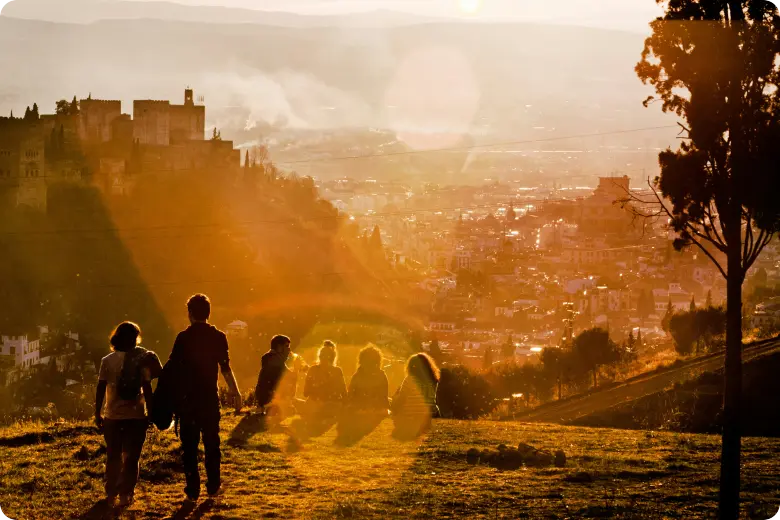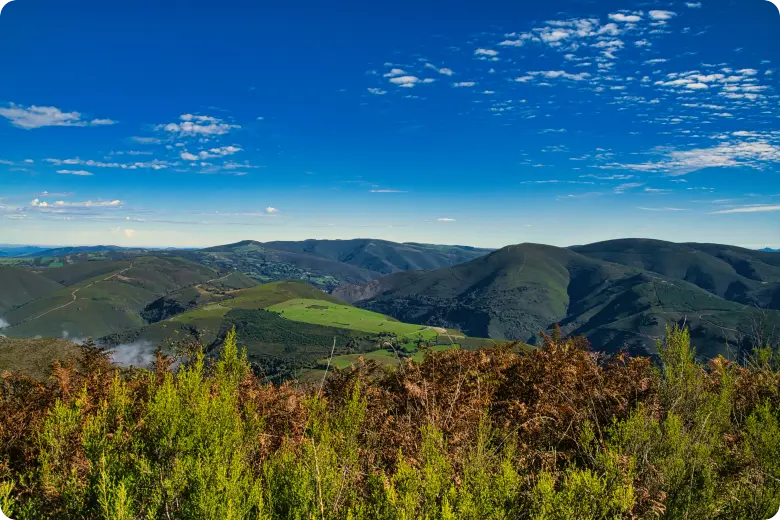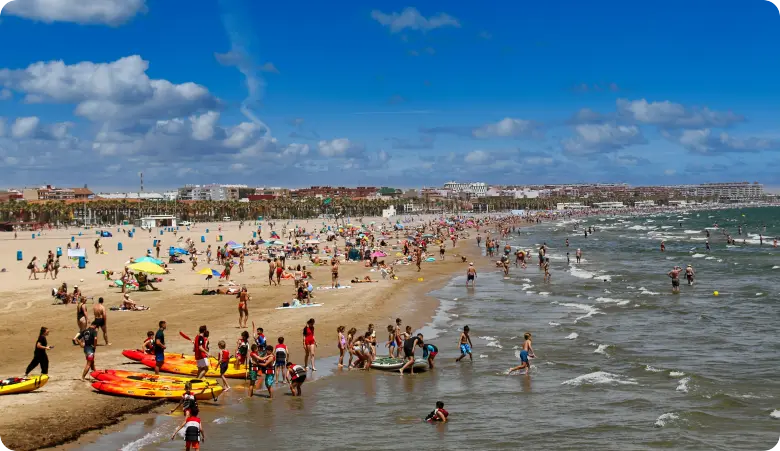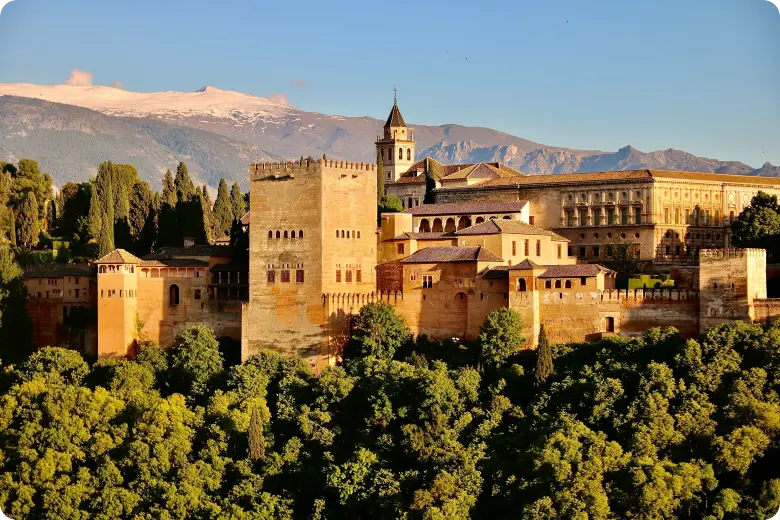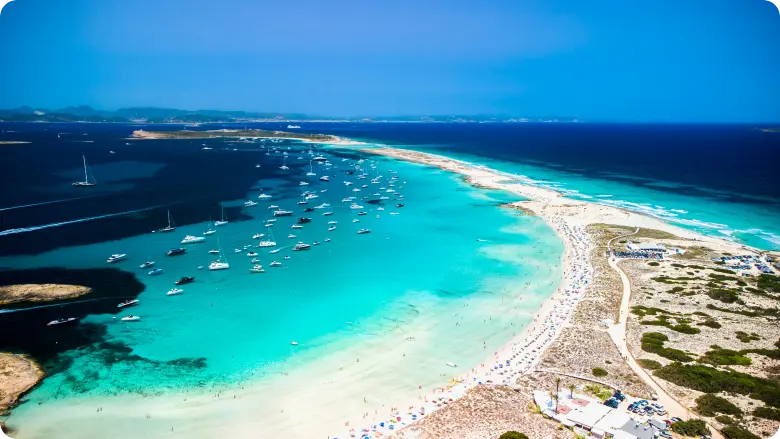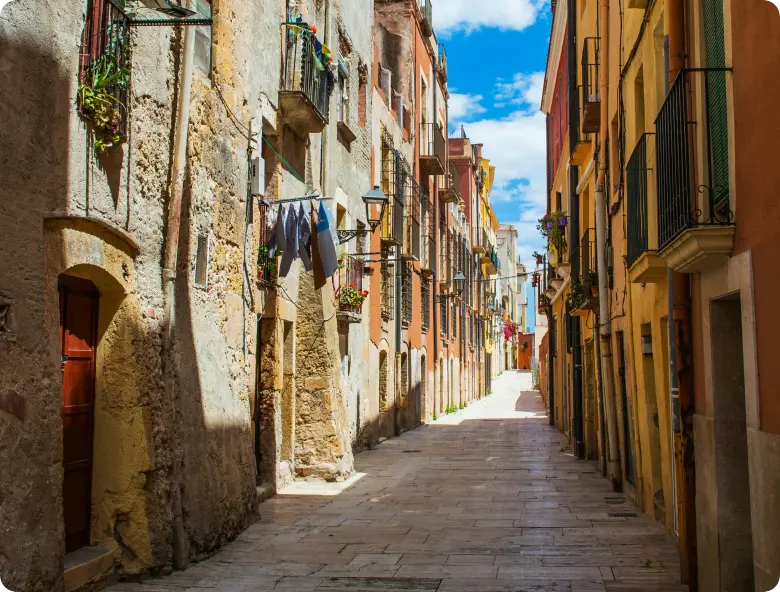Weather in the Spanish coast
Spain's extensive coastline is a primary draw for many, but its two coasts offer vastly different experiences. Your choice between the Atlantic and the Mediterranean will define your daily life, from the clothes you wear to your weekend activities.
Climate in the Spanish Northern Atlantic coast
A common question from prospective expats is, "Where can I live in Spain if I don't like extreme heat?" The answer is always the same: look north. The regions of Galicia, Asturias, Cantabria, and the Basque Country form what is known as España Verde, or "Green Spain."








